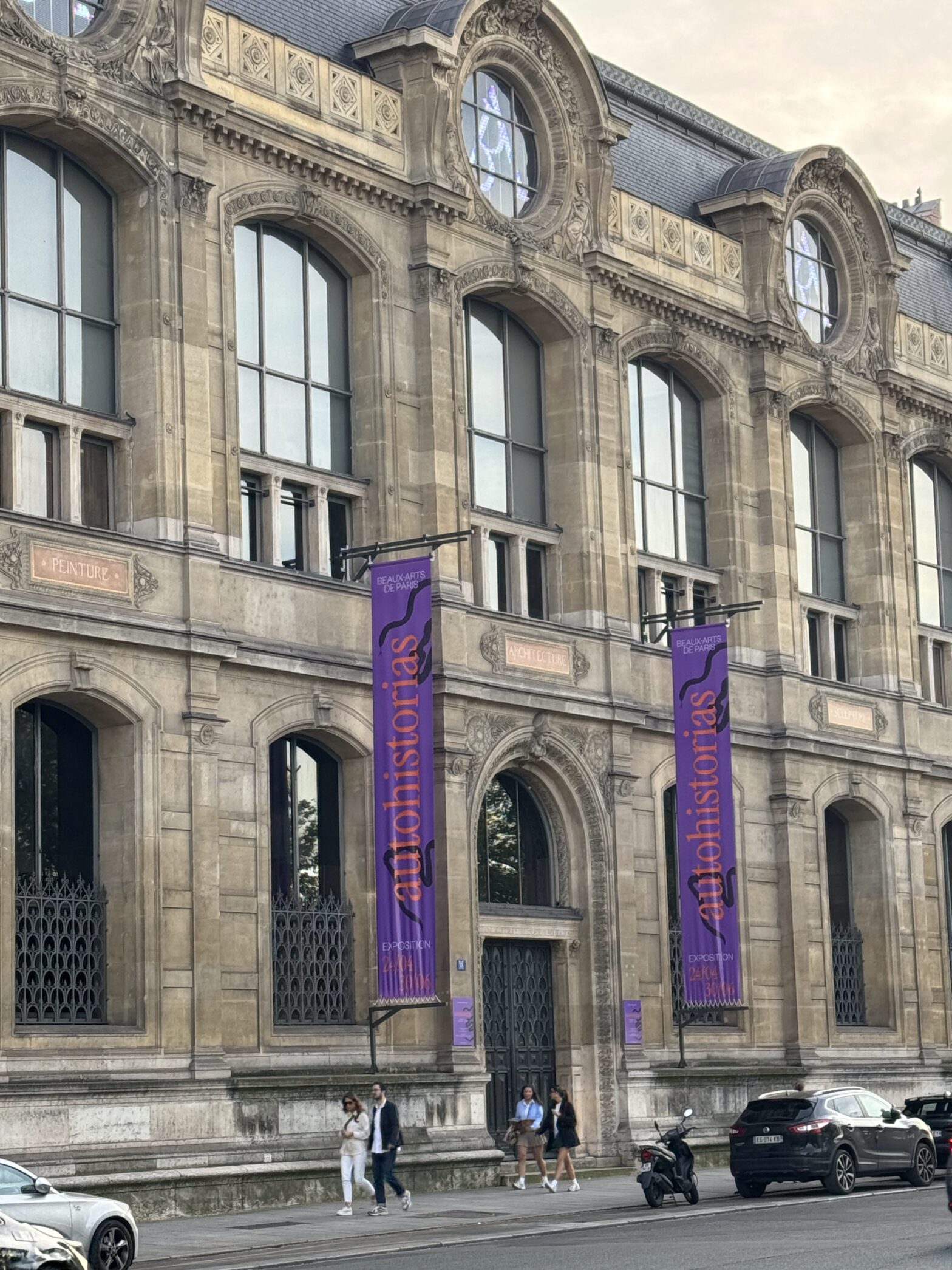Charwei Tsai
-
Islamic Arts Biennale
25 January 2025 ~ 25 May 2025 Jeddah, Saudi Arabia
-
Mas alla de las nubes
19 December 2024 ~ 5 April 2025 Mor CharpentierBogota, Colombiar
-
Autohistorias
Co-curated by Skye Arundhati Thomas, Tadeo Kohan, Louise Nicolas de Lamballerie 24 April ~ 30 June 2024 Palais des Beaux-Arts, Paris, France

-
Contemporary Expressions
2 November 2024 ~ 31 October 2025 Museo d’Arte OrientaleTorino, Italy
-
World Classroom
Mori Art Museum, Tokyo, Japan 20th Anniversary Exhibition WORLD CLASSROOM: Contemporary Art through School Subjects Learning Art and the World Together 19 April ~ 24 September 2023 Since the 1990s, when the development of contemporary art began to be considered from multiple perspectives in different parts of the world, we have been seeing that contemporary…
